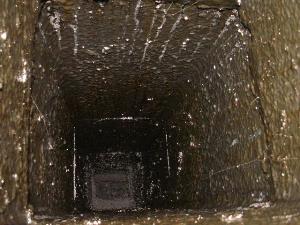
Figure 1 - Chimney flue covered with creosote
Fires in chimneys:
When wood burns it creates smoke. The smoke not only carries toxic particles and gases but it contains wood resins that will adhere to the inside of the chimney flue. The particles that adhere to the inside of the chimney flue become a layer of creosote, as shown in Figure 1. The more fires that one creates in the fireplace the thicker the layer of creosote becomes. Creosote is not only a toxic substance, it is highly volatile, and if not cleaned out of the flue on a regular basis will eventually catch fire.
It should be noted that it is not how long your fireplace is burning wood that will determine the thickness of the creosote layer; it is how often you light the fireplace. Hot chimneys do not provide a convenient medium for the creosote to adhere too. On the other hand, cold chimneys are the perfect medium to attract the creosote and have it adhere to the flue. If you use your fireplace to continually heat your home you will probably have less creosote build-up than someone who lights a fire once a day and lets it burn for a few hours.
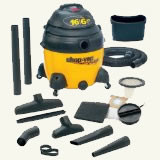
Figure 2 - Shop vacuum
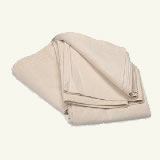
Figure 3 - Drop cloth
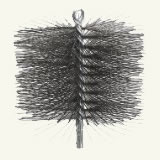
Figure 4 - Chimney brush
Chimney fires burn at very high heats and in many cases will ignite rafters and other flammable materials that surround the flue. Even if the chimney fire does not spread, damage in the form of cracks to the lining of the flue will most likely occur. These cracks can be the mechanism whereby extremely toxic carbon monoxide, a gas given off by most forms of combustion, can re-enter the home.
Maintaining and cleaning the chimney at regular intervals is not a “should do, when I get around to it”, it is a “must do” in order to prevent disaster.
Maintenance Schedule:
Once a year, in the fall is a good time to have your chimney flue inspected and cleaned, prior to the winter season which in most cases is the time of high or at least higher usage.
The inspection should include:
- The damper, to make sure that it is working freely,
- The flue liner to ensure that there are no cracks or broken sections,
- An inspection of the chimney cap,
- Mortar or liner joints should be inspected to ensure that there is no air leakage.
If you have a tendency to burn high moisture content lumber, or green wood, an inspection and cleaning every 6 months should be considered.
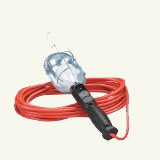
Figure 5 - Trouble light
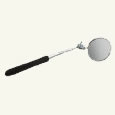
Figure 6 - Telescoping adjustable mirror
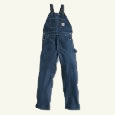
Figure 7 - Coveral

Figure 8 - Goggles
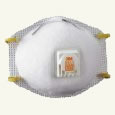
Figure 9 - Dust mask
It is wise to contract with a qualified chimney inspector and chimney sweep to clean and inspect the chimney. However, if you are ambitious you can purchase the chimney cleaning equipment and undertake the project yourself.
You will need:
- Industrial shop vacuum - Figure 2,
- Heavy drop cloth - Figure 3,
- Wire chimney brush - Figure 4, and extension handle. Note: It is important that you purchase the correct size and shape brush.
- Trouble light - Figure 5,
- Telescoping adjustable mirror - Figure 6,
- Overalls - Figure 7,
- Goggles - Figure 8,
- Dust mask - Figure 9.
Chimney Liners:
Chimney liners are designed to keep the heat of the combustible gases that are rising in the flue away from other combustible materials such as wood joists and rafters. In new homes chimney liners are a requirement under most building codes, as they are also designed to provide an air tight seal to the lining of the chimney preventing toxic gases such as carbon monoxide from entering the living areas of the home.
Chimney liners are made from a number of different materials; metal, clay tile or concrete.
Regulations:
Many municipalities, counties and states have specific legislation that governs the type of wood burning fireplaces, furnaces and stoves that can be installed. As well as regulations governing the types and specifications of the wood fuels that can be burned.
Before you purchase a wood burning appliance make sure that it meets any and all regulations in your community.
